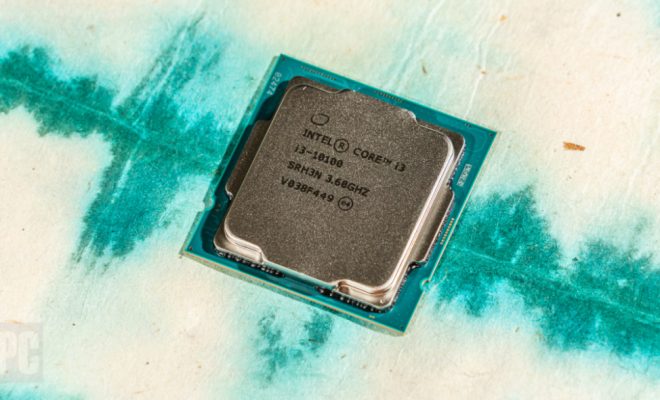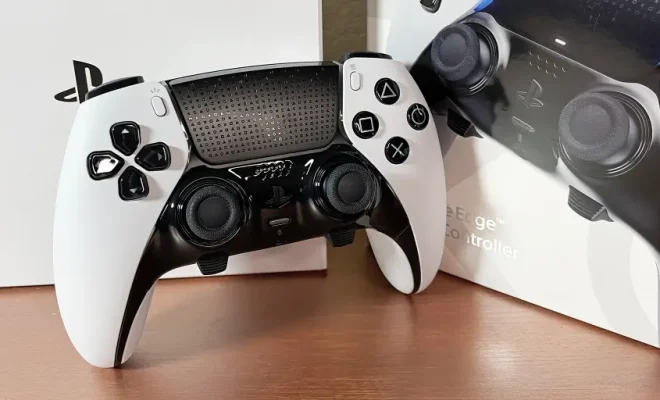‘Rocket Lake,’ Now ‘Alder Lake’: Where Are the Low-End CPUs?

In recent years, CPU manufacturing has taken great strides towards advancing the technology for high-performance processors. Intel has been at the forefront of these innovations, with their Rocket Lake and Alder Lake architectures. However, amidst these exciting new developments, many consumers are left wondering – what happened to the low-end CPUs, and where do they fit into this fast-paced landscape?
Section 1: Rocket Lake – The High-End Performance Focus
Rocket Lake is a 14nm microarchitecture introduced by Intel, with a primary aim to improve performance over its predecessor, Comet Lake. With features such as PCIe 4.0 support, upgraded memory controllers, and boosting clock speeds, Rocket Lake targets gamers and high-performance enthusiasts. Despite this impressive leap in technology, there remains a lack of focus on more affordable low-end CPUs that cater to budget-conscious consumers.
Section 2: Transition to Alder Lake – What About Budget CPUs?
As the industry moves towards the highly anticipated Alder Lake release – Intel’s first 10nm desktop processors – concerns over low-end CPU offerings are not alleviated. Alder Lake introduces a mix of high-performance Golden Cove cores alongside power-efficient Gracemont cores in a bid to boost multitasking capabilities. However, initial reports indicate a priority for premium processors aimed at power users rather than an emphasis on accessibility for all budgets.
Section 3: Why Low-End CPUs Matter
Despite advancements in technology and processor performance being lauded by enthusiasts, the reality for many consumers is that they require budget-friendly alternatives without compromising too much on performance. Low-end CPUs not only appeal to customers who do casual computing but also foster affordability for small businesses and educational institutions where purpose aligns more with practicality.
Section 4: Looking Ahead – Can Intel Balance Performance & Accessibility?
As emphasis continues to be on high-performance processors, it remains to be seen whether Intel will shift its focus back to budget-friendly offerings. However, the introduction of more efficient microarchitectures may provide an opportunity for innovative, low-cost solutions that cater to the needs of a broader consumer base.
Conclusion:
While Rocket Lake and Alder Lake have undeniably broken new ground in CPU technology, there remains a significant segment of the market awaiting competitively priced low-end alternatives. As the industry forges ahead with performance-based improvements, it is crucial for Intel to not overlook the needs of budget-conscious consumers and strike a balance in offering accessible options alongside their premium processor range.






